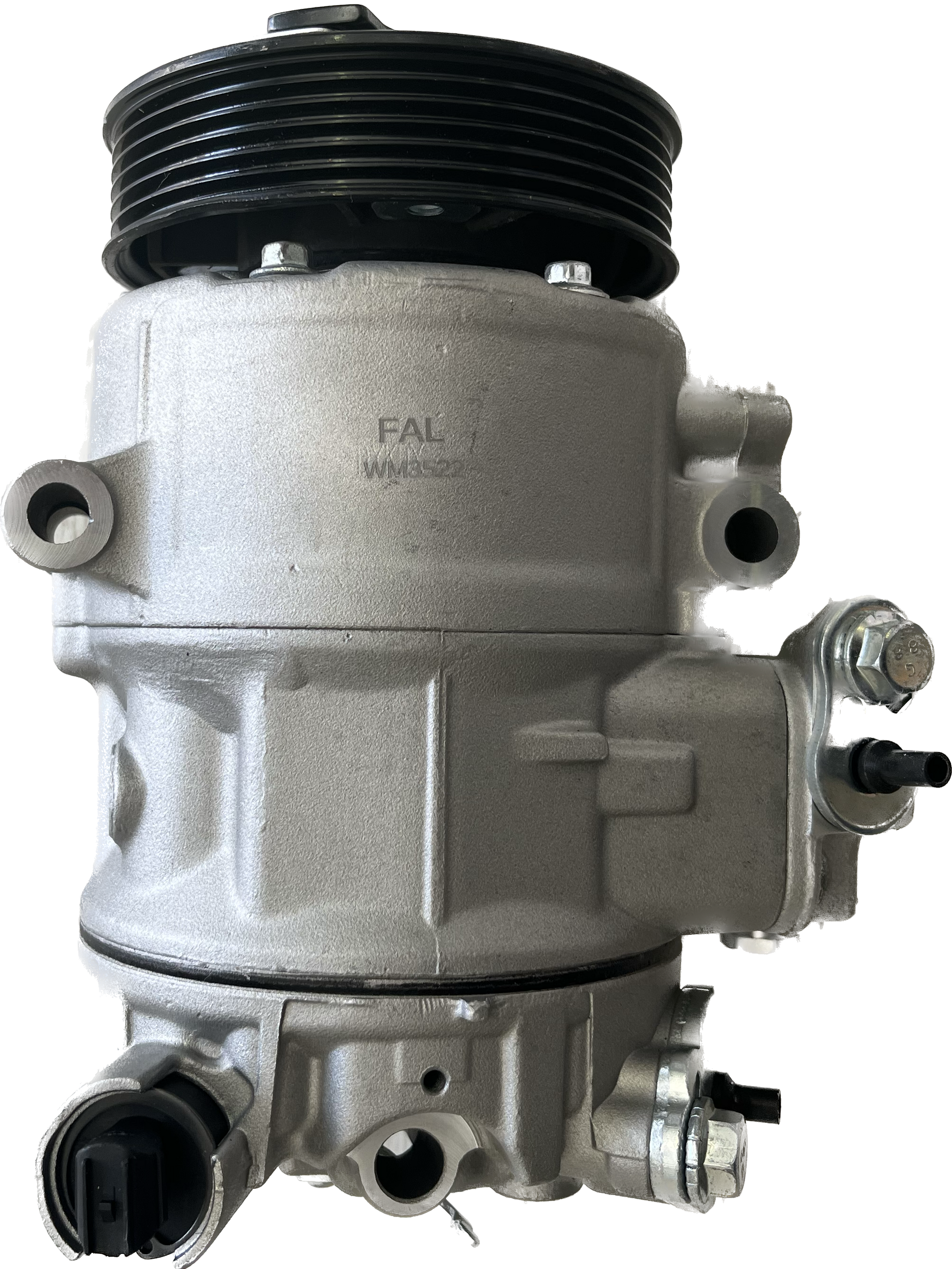How a Clp Engine Can Boost Efficiency in Numerous Industries
The introduction of CLP engines notes a substantial change in operational effectiveness throughout numerous sectors, driven by their ability to enhance gas usage and decrease downtime. As companies increasingly prioritize sustainability together with performance, the duty of CLP engines comes to be even more crucial.
Introduction of CLP Engines
CLP engines, or Constant Liquid Propellant engines, represent a substantial innovation in propulsion modern technology, especially for area applications. These engines utilize a constant feed system that enables the continual expulsion of propellant, resulting in improved performance and performance compared to standard strong or hybrid propulsion systems. By preserving a continuous flow of liquid propellant, CLP engines can attain extra accurate drive control, which is critical for navigating spacecraft in different mission circumstances.
The design of CLP engines integrates sophisticated materials and cutting-edge fuel management systems. clp engine. This results in reduced weight and enhanced dependability, crucial factors for long-duration area missions. Additionally, the constant operation reduces the risk of combustion instability, a common challenge in traditional rocket engines.

Advantages in Manufacturing
The manufacturing of Continuous Fluid Propellant (CLP) engines presents numerous notable benefits that boost both efficiency and cost-effectiveness. Among the primary advantages is the streamlined production procedure, which decreases the complexity linked with standard propulsion systems. By utilizing liquid propellant, producers can accomplish greater accuracy in engine performance, bring about enhanced power output and lowered waste.
In addition, CLP engines assist in a higher degree of modularity, permitting simpler assimilation into different production lines. This versatility can significantly reduce lead times and enhance overall operational flexibility. The use of CLP innovation additionally often tends to decrease the need for considerable maintenance because of less relocating components, which translates right into minimized downtime and operational costs.

Applications in Logistics
Leveraging Continuous Fluid Propellant (CLP) engines in logistics offers significant advantages in functional efficiency and dependability. These engines provide a robust solution for numerous transport demands, allowing the smooth motion of items throughout vast ranges. The integral layout of CLP engines enables regular power result, which translates into smoother and much more predictable transport timetables.
One of the crucial applications of CLP engines in logistics remains in heavy-duty freight transportation, where they can drive both ground and aerial vehicles. Their capability to keep high performance under varying lots problems makes sure that distribution timelines are fulfilled, therefore improving client complete satisfaction. Furthermore, CLP engines can be integrated right into automated logistics systems, facilitating real-time tracking and optimizing route planning.
Moreover, the longevity of CLP engines minimizes upkeep visit this web-site downtime, enabling logistics companies to optimize their functional abilities. This is especially helpful in warehousing procedures, where effectiveness in handling and delivering goods is vital. As logistics remains to advance, the combination of CLP engines stands for a forward-thinking strategy that not just boosts efficiency but also supports the sector's expanding demands for reliability and rate.
Effect on Power Effectiveness
How do Continual Liquid Propellant (CLP) engines boost energy effectiveness in transportation? CLP engines utilize a regular flow of fluid fuel, maximizing burning processes and preserving a stable drive output. This layout minimizes power losses connected with typical combustion engines, where fuel distribution can differ and result in inadequacies.
The continuous operation of CLP engines enables a much more effective thermal cycle, resulting in greater particular impulse compared to conventional engines. clp engine. This translates to lowered fuel usage for the very same quantity of job done, dramatically reducing operational costs throughout numerous transportation sectors, consisting of aeronautics and maritime markets
Moreover, the capability of CLP engines to maintain ideal performance under varying load problems minimizes the need for regular acceleration and deceleration, additionally improving fuel efficiency. Boosted power efficiency not only adds to cost financial savings yet also results in decrease greenhouse gas exhausts, aligning with worldwide sustainability objectives.
Future Trends and Innovations
Emerging improvements in Continual Fluid Propellant (CLP) engine technology guarantee to change the landscape of transportation a fantastic read efficiency and sustainability. As industries pivot toward greener options, CLP engines stand at the center, integrating ingenious materials and style methodologies that enhance efficiency while reducing ecological influence.
One of the most encouraging trends is the fostering of hybrid systems that incorporate CLP engines with renewable resource sources. This harmony can optimize fuel consumption and lower emissions, straightening with global sustainability goals. In addition, innovations in computational fluid dynamics (CFD) are promoting the style of more aerodynamically efficient engines, bring about reduced drag and boosted fuel effectiveness.
Furthermore, the development of smart monitoring systems is set to enhance functional efficiencies. These systems leverage data analytics and IoT innovation to optimize engine performance in real-time, making sure that the engines run within their most effective specifications.
As study proceeds to check out alternate propellant formulations-- such as biofuels and artificial fuels-- the future of CLP engines looks encouraging. By harnessing these advancements, industries can not published here just boost their effectiveness however likewise add significantly to a cleaner, a lot more sustainable future in transportation.
Conclusion
To conclude, CLP engines represent a considerable advancement in effectiveness throughout several sectors. Their ability to enhance gas consumption and reduce operational costs, integrated with a continuous feed system, improves power output and functional integrity. The assimilation of sophisticated materials and fewer moving components minimizes maintenance requirements, while alignment with sustainability objectives placements CLP engines as a critical technology for the future. Continued development in this field promises additional renovations in performance and environmental efficiency.